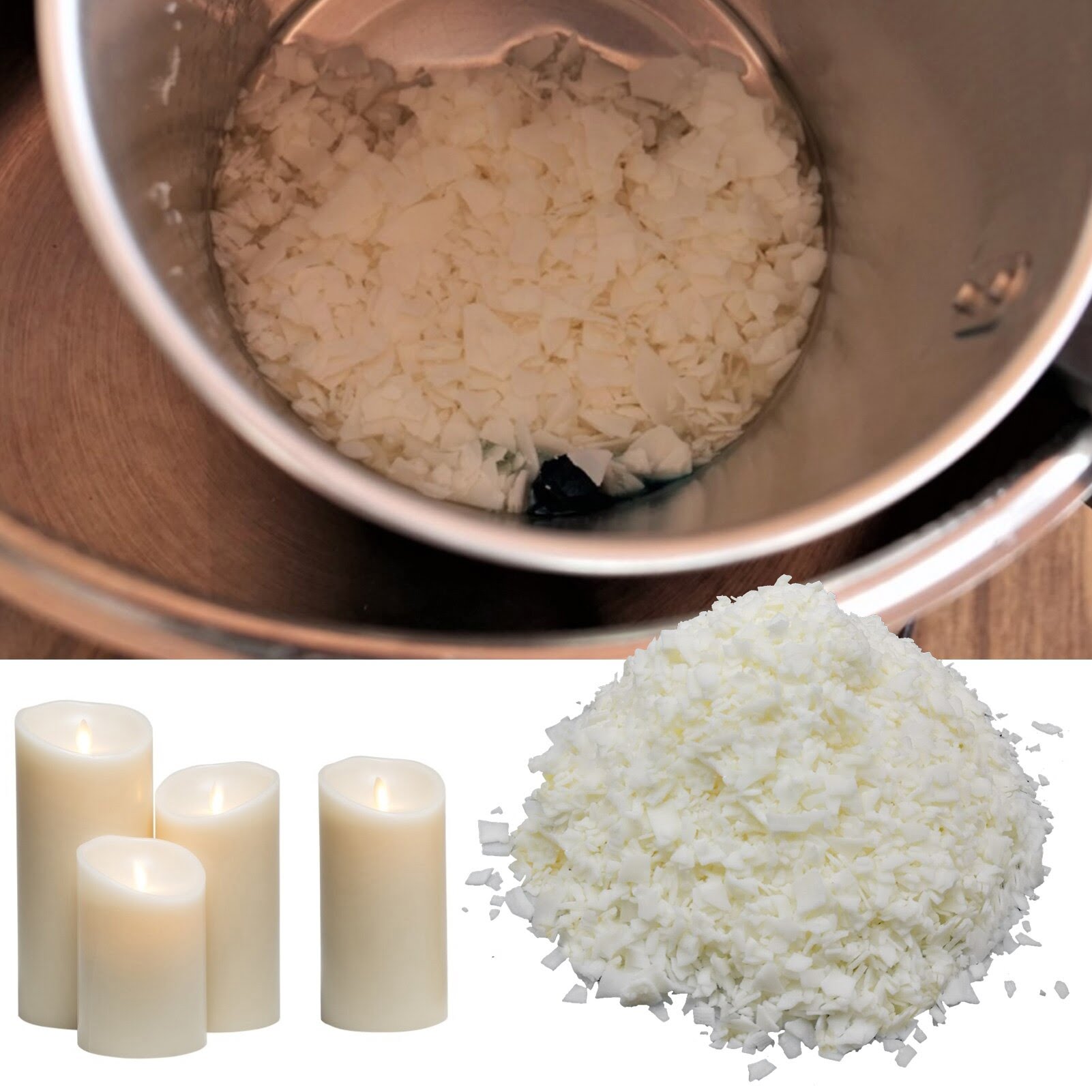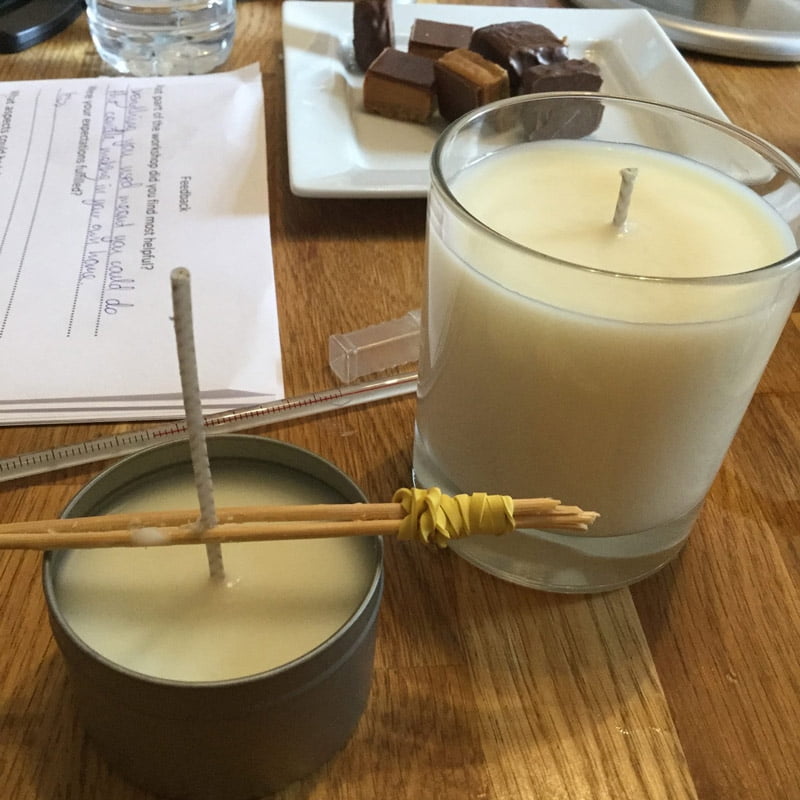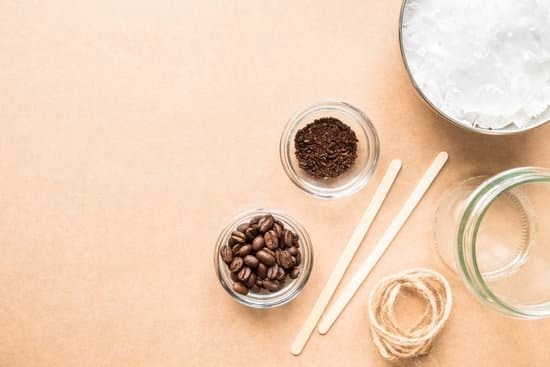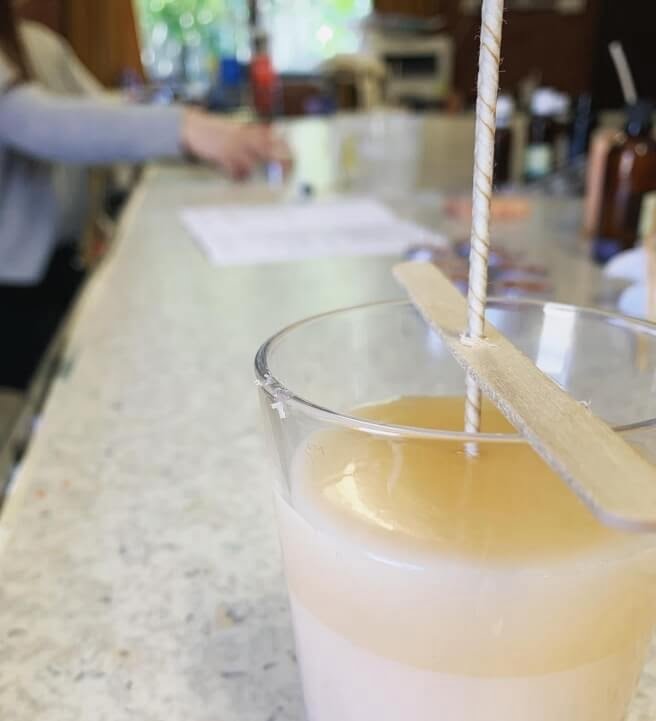Are you wondering how much scent to use in candle making? The fragrance of a candle plays a crucial role in its overall appeal and effectiveness. Whether you’re a seasoned candle maker or just starting out, understanding the importance of scent is essential for creating high-quality candles that delight the senses.
When it comes to candle making, the amount of scent used can greatly impact the final product. From calculating the ideal scent load based on wax type and candle size to choosing the right fragrance oil and achieving the perfect scent concentration, there are several factors to consider in order to create a well-balanced and fragrant candle.
In this article, we will explore everything you need to know about incorporating scent into your candles. We’ll discuss tips for determining the right amount of fragrance oil to use, how to choose the right fragrance for your candles, achieving the perfect balance between subtle and overwhelming scents, as well as safety precautions when handling fragrance oils. Additionally, we’ll address common mistakes and provide troubleshooting tips for achieving the perfect scent balance in your candle making endeavors.
Scent Load Calculation
The amount of scent, or fragrance oil, used in candle making is a crucial factor that determines the quality of the final product. Scent load calculation involves determining the right amount of fragrance oil to use based on the type of wax and size of the candle being made. Using too much scent can result in an overpowering fragrance, while using too little can lead to a weak or hardly noticeable scent throw when the candle is burned.
To calculate the appropriate scent load for your candles, it is essential to consider the type of wax being used. Different waxes have varying capacities for holding and dispersing fragrance oils. For example, soy wax typically requires a higher percentage of fragrance oil compared to paraffin wax.
Similarly, the size of the candle plays a significant role in determining how much scent should be used. Larger candles require more fragrance oil to achieve a noticeable scent throw, while smaller candles need a lower scent load.
When determining how much scent to use in candle making, it’s important to take into account the recommendations provided by fragrance oil suppliers as well as conducting your own tests. Keep detailed records of your observations when testing different scent loads with various waxes and candle sizes. This will help you identify the ideal proportion of fragrance oil for your specific candle making process.
| Type of Wax | Recommended Scent Load (%) |
|---|---|
| Soy Wax | 8-10% |
| Paraffin Wax | 6-8% |
Choosing the Right Fragrance
When it comes to choosing the right fragrance for your candles, it’s important to consider not only the scent itself but also its scent throw capabilities. The scent throw is the strength of the fragrance when the candle is burning, and it can vary depending on factors such as the type of wax used and the size of the candle.
There are different types of fragrance oils available for candle making, each with its unique scent profile and throw capabilities. For example, essential oils are natural plant extracts that often have a lighter scent throw compared to synthetic fragrance oils. On the other hand, synthetic fragrance oils are designed specifically for candle making and can provide a stronger and longer-lasting scent throw.
When choosing a fragrance oil, it’s essential to consider how it will complement your candle’s intended use and size. For instance, a larger candle meant for a spacious living room may require a stronger fragrance oil to achieve a noticeable scent throw, while a smaller candle intended for a bathroom may need a lighter fragrance to avoid overwhelming the space.
In addition to considering the intended use and size of your candles, experimenting with different fragrance oils through scent throw tests is crucial in finding the perfect balance between an enticing but not overpowering aroma. Finding this balance ultimately depends on personal preference, so don’t be afraid to get creative and try out various combinations until you achieve your desired scent throw.
Ultimately, understanding how much scent to use in candle making is about finding that sweet spot that appeals most to you and your customers.
| Fragrance Type | Scent Throw Capabilities |
|---|---|
| Essential Oils | Lighter scent throw |
| Synthetic Fragrance Oils | Stronger and longer-lasting scent throw |
Scent Concentration
Finding the Right Balance
When it comes to candle making, achieving the perfect scent concentration is crucial. You want your candles to have a noticeable and pleasant aroma, but you also don’t want the scent to be overwhelming.
Finding the right balance involves considering factors such as the type of wax used, the size of the candle, and the specific fragrance oil being utilized. It’s important to keep in mind that different fragrances have varying potency levels, so what works for one scent may not work for another.
Understanding Scent Throw
Scent throw refers to how well a candle disperses its fragrance into the surrounding area when burned. This characteristic is affected by several factors, including the amount of fragrance oil used.
A high scent load can result in a strong scent throw, but if too much oil is added, it can lead to issues such as smoking or poor burning performance. On the other hand, using too little fragrance oil may result in a weak scent throw, leaving your candles with an underwhelming aroma.
Finding Your Signature Scent Concentration
The ideal scent concentration can vary depending on personal preference and the type of candle being made. For instance, larger candles may require a higher scent load compared to smaller ones in order to maintain a noticeable aroma. Additionally, some customers may prefer candles with a more subtle scent, while others may enjoy a stronger fragrance. Experimenting with different scent concentrations through small test batches can help you determine the perfect balance for your candle making endeavors.
Testing and Adjusting
When it comes to candle making, getting the right amount of scent is crucial in ensuring that your candles have the perfect fragrance. Determining the appropriate amount of fragrance oil to use can be a bit tricky, as it depends on various factors such as the type of wax and the size of the candle. To achieve the ideal scent balance, it’s essential to conduct scent throw tests and make adjustments accordingly.
Here are some tips for testing and adjusting the fragrance oil amounts in your candles:
- Start with a small batch: When trying out a new fragrance or adjusting the scent load, it’s best to start with a small batch of candles. This allows you to make changes more easily if needed.
- Use a consistent method: Keep your testing conditions consistent by using the same type of wax, wick, and candle size for each test. This will help you accurately assess how different amounts of fragrance oil affect the scent throw.
- Keep detailed records: Take note of the amount of fragrance oil used in each test, as well as any observations about the strength and throw of the scent. This will help you keep track of what works best for each type of candle.
It’s important to remember that different fragrances have varying potency levels, so what works for one scent may not work for another. Some fragrances may require a higher scent load to achieve a noticeable aroma, while others may be overpowering with just a small amount. By conducting thorough scent tests and making adjustments based on the results, you can ensure that your candles have just the right amount of fragrance for an enjoyable sensory experience.
Safety Precautions
When it comes to candle making, adding fragrance oils is a key aspect of the process. However, it’s important to handle and measure these oils with care to avoid potential health risks such as skin irritation. Here are some safety precautions and tips for safely handling and measuring fragrance oils for your candle making endeavors:
- Use protective gear: When handling fragrance oils, it’s important to use appropriate protective gear such as gloves and a mask to prevent direct contact with the skin and inhalation of potentially harmful fumes.
- Measure accurately: It’s crucial to measure the amount of fragrance oil accurately using a calibrated dropper or scale. This ensures that you’re following the recommended scent load calculation for your specific wax type and candle size.
- Store properly: Fragrance oils should be stored in a cool, dark place away from direct sunlight and extreme temperatures. Make sure they are also kept out of reach of children and pets to avoid any accidental ingestion or spills.
In addition to these precautions, it’s important to be aware of any potential allergens or sensitivities when working with fragrance oils. Always read the safety data sheet provided by the supplier and take necessary precautions based on the information provided.
Overall, being mindful of safety measures when handling and measuring fragrance oils is essential for a safe and enjoyable candle making experience. By following these tips, you can minimize the risk of skin irritation and other health concerns associated with working with fragrance oils.
Common Mistakes
When it comes to making scented candles, there are common mistakes that beginners often make when measuring and applying fragrance oils. These errors can result in candles with weak scent throw, overpowering fragrance, or even potential health risks. By understanding these common mistakes and learning how to avoid them, you can ensure that your candle making process is both successful and safe.
Overestimating or Underestimating Scent Potency
One of the most common mistakes in candle making is overestimating or underestimating the potency of fragrance oils. This can happen when you fail to follow recommended guidelines for scent load calculation based on wax type and candle size. Using too much fragrance oil can lead to overpowering scents that may cause headaches or other discomforts, while using too little may result in weak scent throw, leaving your candles barely noticeable when lit.
Ignoring Safety Precautions
Another mistake that novice candle makers often make is disregarding safety precautions when handling and measuring fragrance oils. Some essential oils can cause skin irritation, allergic reactions, or other health risks if not used properly. It’s important to wear gloves and protective eyewear when working with fragrance oils and to ensure proper ventilation in your workspace to minimize inhaling potentially harmful fumes.
Failing to Conduct Proper Testing
Lastly, a common mistake is failing to conduct thorough scent throw tests before finalizing the amount of fragrance oil to use in your candles. Without testing different concentrations of scents, you won’t know if the chosen amount provides the desired level of aroma when the candle is burning.
By overlooking this crucial step, you may end up with inconsistent results across different batches of candles, leading to customer dissatisfaction and potential loss of sales. It’s essential to test and adjust fragrance oil amounts accordingly until you achieve the perfect balance of scent without overwhelming the senses.
By being aware of these common mistakes and taking proactive measures to avoid them, you can enhance your candle making skills and produce high-quality products that deliver a delightful sensory experience for users.
Troubleshooting
When it comes to candle making, achieving the perfect scent balance is crucial in creating a high-quality product. However, even with careful calculations and considerations, scent-related issues can still arise. One common problem that candle makers encounter is a weak scent throw, where the fragrance of the candle is not as noticeable when lit.
On the other hand, an overpowering fragrance can also be an issue, where the scent becomes too strong and unpleasant. In this section, we will explore some tips for troubleshooting these scent-related issues to ensure that your candles emit just the right amount of fragrance.
One of the first steps in troubleshooting weak scent throw or overpowering fragrance in candles is to reassess the amount of fragrance oil used in the initial candle-making process. If you are experiencing a weak scent throw, it may be necessary to increase the amount of fragrance oil used.
Consider recalculating your scent load based on the wax type and candle size to ensure that you are using an appropriate amount of fragrance oil. On the other hand, if you are dealing with an overpowering fragrance, it may be necessary to decrease the amount of fragrance oil used in your candles.
Additionally, it is important to consider the quality and type of fragrance oil being used in your candle making. Not all fragrance oils are created equal, and some may have a stronger scent throw than others. Experiment with different types of fragrance oils and brands to find one that provides the perfect balance for your desired scent intensity.
Furthermore, consider adjusting the concentration of your chosen fragrance oil during the candle-making process to achieve a more balanced and pleasant aroma when lit. By carefully considering these factors and making adjustments as needed, you can troubleshoot and resolve any scent-related issues in your candle making process to achieve optimal results.
Finally, conducting thorough testing and adjustments is essential when troubleshooting scent-related issues in candle making. Regularly test your candles for scent throw using various methods such as cold throw testing and hot throw testing to evaluate their performance.
Based on these tests, make necessary adjustments to the amount or concentration of fragrance oil used in your candles until you achieve a desirable level of scent throw. By continuously monitoring and adjusting your approach based on testing results, you can effectively troubleshoot weak scent throw or overpowering fragrance issues in your candle making process.
Conclusion
In conclusion, achieving the perfect scent balance in candle making involves a combination of art and science. It’s important to understand the significance of scent in creating candles that captivate the senses and enhance the ambiance of any space. By using the right amount of fragrance oil, based on wax type and candle size, candle makers can ensure that their creations have a pleasant and balanced scent throw.
Choosing the right fragrance oils is another crucial aspect of achieving the perfect scent balance in candle making. Different oils have varying scent throw capabilities, so it’s essential to explore and experiment with a variety of options to find the perfect match for each candle. Additionally, maintaining safety precautions when handling and measuring fragrance oils is paramount to avoid any health risks or skin irritation.
Lastly, regular testing and adjustment are key to ensuring that the desired scent throw is achieved consistently. Conducting thorough scent throw tests will help troubleshoot any potential issues related to weak or overpowering fragrance, allowing candle makers to make necessary adjustments for optimum results.
In essence, achieving the perfect scent balance in candle making requires careful consideration of various factors, from scent load calculation to fragrance selection and safety measures. With dedication and attention to detail, candle makers can create products that delight customers with their beautifully balanced scents.
Frequently Asked Questions
What Is the Ratio of Scent to Wax in Candles?
The ratio of scent to wax in candles can vary depending on the type and concentration of fragrance oils being used. A typical guideline is about 6-10% fragrance oil for most waxes, but it’s important to follow the manufacturer’s recommendations for the specific type of wax being used.
Can You Add Too Much Scent to a Candle?
Yes, it is possible to add too much scent to a candle, which can result in an overpowering or unpleasant smell when burned. Adding too much fragrance oil can also impact the candle’s burn performance, causing issues like soot or poor hot throw (the strength of the scent when the candle is lit).
What Is the Ratio of Scent to Soy Wax?
The ratio of scent to soy wax follows a similar guideline as other waxes, generally falling within the 6-10% range for fragrance oils.
However, because soy wax has different characteristics than paraffin or other waxes, it’s important to consider soy-specific guidelines and conduct testing to determine the optimal ratio for a particular fragrance and batch of soy wax.

Welcome to my candle making blog! In this blog, I will be sharing my tips and tricks for making candles. I will also be sharing some of my favorite recipes.





